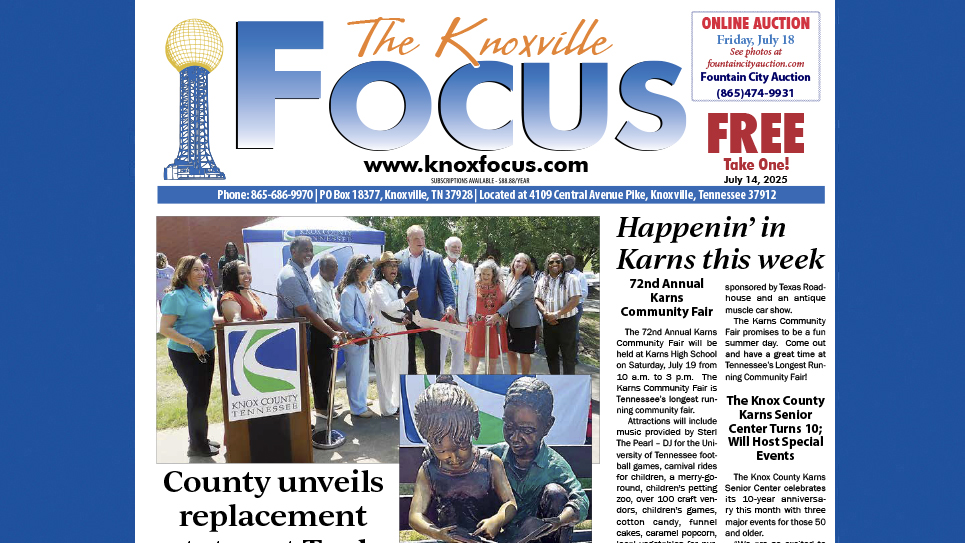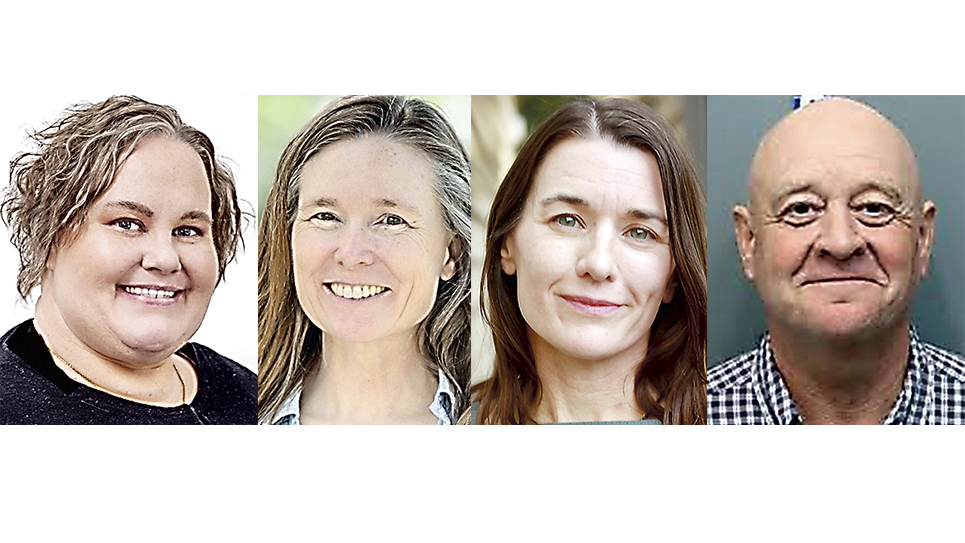As I watched my grandson, Oakley, run towards the ocean’s edge I realized he was still a toddler. His lack of arm swing and twisting torso gave him that sweet awkwardness of little children. Watching him caused me to think about some of my elderly patients who are losing their fluidity of gait. The Bard once observed, “Once a man and twice a child.”
As a geriatrician I can’t help but observe people and their gaits. Adults take walking and upright posture for granted, once these are mastered. Oakley is growing, developing, and learning. His mind is quickening and almost daily he comes up with new words or phrases he’s heard from his family. Becky and I were recently shocked to hear him exclaim, “Oh law.” We asked ourselves, where did he learn that phrase? I investigated the expression, and learned it’s a contraction of “Oh lawdy,” and Oakley learned it from us! The Bible says we are not to use the Lord’s name in vain. In fact, I find the imprecation (word of the week) G.. damn more offensive than than the “N” word or Joe Biden’s “F bomb.” Unknowingly, Becky and I were guilty of contracting “Oh Lordy” to “Oh lawdy” and finally to “Oh law.” My grandson’s sponge-like mind had absorbed our exclamation. We’ve subsequently become more careful in our speech.
Like cognitive issues, gait problems and movement disorders become more common as we age. Oakley is learning to walk and run, and will eventually develop the fluidity of an adult’s gait. Many of my older patients are losing these abilities. I think Shakespeare’s observation was primarily a reference to the loss of memory and quickness of thought, but perhaps he was also referring to an older person’s problems of movement. In Shakespeare’s play “As You Like It,” the character Jacques utters the well known phrase, “All the world’s a stage…” which begins his observations on the seven stages of life, culminating in a “second childhood.” You should Google the phrase and reflect on the bard’s keen observations and enjoy the wordsmithing.
As we age we slow down, as everyone north of fifty knows. Patients often complain to me of memory loss, and some have concerns about Alzheimer’s disease. Additionally, they ask me about tremors and loss of mobility. Hand tremors frequently raise concerns about Parkinson’s Disease made famous by the actor Michael J. Fox who has this neurodegenerative disorder.
Parkinson’s Disease is diagnosed when two of the following major criteria are present: resting tremor, muscle rigidity, and bradykinesia. The latter is defined as slowed movement. I once cared for a couple, one of whom was demented and the other had Parkinson’s disease. She could not remember that a red light meant stop and a green meant go. And his reaction time (bradykinesia) was so slow that by the time he said, “…Stop!” she had already run the traffic light. Needless to say the family and I intervened and ended their driving escapades.
The stiffness of Parkinson’s disease is known as cogwheel rigidity. This nuanced finding on medical examination is beyond the Focus and even some practitioners. Parkinsonian tremor can also be confusing. There is another common movement disorder known as essential tremor. Notably, Katharine Hepburn had an essential tremor which primarily affected her head rather that her extremities. Her “axial” tremor is called titubation. More often essential tremor affects the extremities (appendicular tremor) and can confuse doctors and patients alike. Essential tremor can run in families and becomes worse with purposeful movements such as reaching for a cup of coffee. The resting tremor of Parkinson’s Disease is worse when a person’s hands are still and the person is distracted. To make things even more confusing, there are “mixed” tremors with components of activity related and “resting” tremors. In these diagnostic situations I look for the expressionless face or reduced arm swing of Parkinson’s Disease, or its characteristic muscle rigidity.
Tremors and movement disorders can also be seen with recurrent mini-strokes. There are also less common diseases that present as movement disorders. A sluggish flow of spinal fluid can produce normal pressure hydrocephalus (water on the brain), and the neurodegenerative disorders of Lewi Body dementia or supranuclear palsy can confuse even sophisticated clinicians. The take home message is that if your primary care doctor has difficulty diagnosing the movement disorder or tremor, or if the disorder fails to respond to treatment and progresses, you should insist on a consultation with a neurologist.
Falling is another movement related problem and concern for older people. A memorable commercial once depicted a lady in trouble who told the TV viewer, “I’ve fallen and I can’t get up!” I routinely do a “bedside” clinical assessment of patient’s functional status by employing the get up and go test by simply asking my patient to stand up and walk across the room. A trained observer can easily predict who will have problems. The quadriceps muscle group on the front of the thighs pulls you to your feet, and the ham strings at the back of the thighs allows you sit down smoothly and safely. Weakness of either group, often from disuse, contributes to instability and falls.
When I was in medical school we played a game of making diagnoses on the public around us. This wasn’t malicious, but an exercise to hone our observational and diagnostic skills. It’s difficult for me not to look at the world from a doctor’s point of view, even when I’m at the beach.
When I left my traditional medical practice I decided that I was too young to “retire” and therefore started my smaller concierge medical practice. I now refer to myself as semi-retired. The concierge practice keeps me sharp and enables me to “stay in the game.” The Master once told a parable about using our gifts and talents instead of burying them in the ground. I still listen to and for the wisdom of the Master daily.






